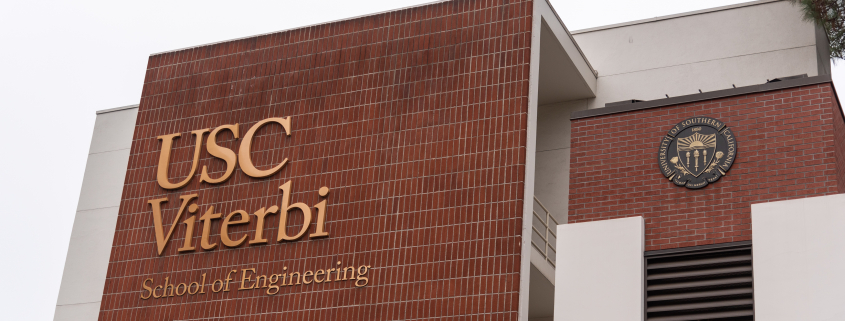Research expedites renewable energy in LA

For three and a half years, researchers investigated renewable energy and its economic impacts. On Sept. 1, citing the research — which included contributions from USC Professors George Ban-Weiss, Kelly Sanders and Dan Wei — the Los Angeles City Council voted to move up 100% reliance on renewable energy by 2035, a decade earlier than the previous 2045 goal.
Published in March, LA100 was commissioned by the Los Angeles Department of Water and Power and run by the National Renewable Energy Laboratory.
Following the release of LA100, Wei and Rose presented their findings at the International Conference for the International Association for Energy Economics in June. LA100 informed city leaders of the health, water and economic impacts of L.A.’s change to 100% renewable energy and its feasibility as the Council voted to move up the deadline.
Rose, who began working on LA100 in June 2018, has conducted research with Wei for 15 years on the shift to clean energy’s impact on the economy. Rose and Wei have analyzed job markets in Pennsylvania, New Mexico and other states in addition to California.
“It turns out that in almost 90% of the cases, looking at various variants of the plan, the result was a net increase in the number of jobs, of climate change action plans in general, which included things like shifting to renewable electricity,” Rose said.
Rose and Wei contributed to chapter 11 of the LA100 report, titled “Economic Impacts and Jobs.” With an initial deadline of 2045, the report looked at the time period of 2026 to 2045 and modeled different scenarios, finding that job market opportunities could range from 3,600 fewer jobs to 4,700 additional jobs with a switch to renewable energy.
“While there may be slight positive or negative impacts, these changes are small in relationship to the 3.9 million jobs and $200 billion in annual output of L.A.’s economy as a whole, so they have an almost negligible impact,” the LA100 Executive Summary read.
Emy Li, a sophomore majoring in applied mathematics and economics and a member of the Environmental Student Assembly, said moving the deadline up is a “completely understandable action to take.”
“Setting these goals for policymakers and researchers is important moving forward, so everyone can really see how urgent this issue is,” Li said.
Ban-Weiss and Sanders, associate professors of civil and environmental engineering, conducted research related to air quality and water, respectively.
According to Ban-Weiss’ research, “Our analysis suggests that the LA100 scenarios show citywide reductions in total air pollutant emissions of up to 62% for [oxides of nitrogen] and 11% [fine particulate matter], relative to a current scenario.”
Additionally, Ban-Weiss and his team found that reductions were larger in disadvantaged communities compared to non-disadvantaged communities.
“When weighted by the costs of each health effect, the overall changes to air quality from LA100 scenarios could provide hundreds of millions of dollars — and up to nearly $1.5 billion — in monetized benefits in the year 2045,” the report read.
Sanders researched water systems at LADWP and quantified the amount of electricity required by the entire water system, which includes water recycling, wastewater treatment facilities and any other water pumping processes. 90% of L.A.’s drinking water is currently imported from distant sources, including Northern California, the Colorado River and the California Aqueduct, Sanders said.
LADWP will now work toward increasing local water sources by revamping stormwater projects, which collect precipitation and treat that water to replenish water supply. While helping with sustainability because it avoids pumping water for more than hundreds of miles, performing the water treatment in L.A. County will increase water electricity consumption, Sanders said.
“Even though the total energy consequences of our water supply as a whole aren’t going to change that much, where that electricity is provided changes quite a bit,” Sanders said. “So the city of Los Angeles is going to increase its consumption of electricity for water quite a bit in the future.”
After finding that more energy will be used to treat locally-sourced water, Sanders and her team passed their results to the energy modeling team, who anticipated how this increase can be offset through the use of renewable energy.
With this research compiled in LA100, the city council voted to advance the deadline by a decade.
“The evidence mounts every day that climate change is here. And it’s doing significant damage,” Rose said. “So the earlier we address it, the better.”
Sanders said moving up the target date is promising for L.A., a city that is committed to transitioning to renewable energy.
“It’s going to be a huge challenge,” Sanders said. “But I think that by making [the 2035 deadline], it’s really going to accelerate our movements towards those goals.”

